Perhaps the time has come to revise our image of the relationship between the Swiss people and their money. There’s no denying that their faith in the solid Swiss franc is unwavering, but in Valais, for example, the farinet has also been in circulation alongside the Swiss franc for over a year now. The Valais capital of Sion honoured this complementary currency last autumn, specifically deciding that farinets could also now be used to pay for public services. Farinets are now even accepted in dealings with the police. Calculating the exchange rate between the two currencies couldn’t be easier as one farinet is worth exactly one Swiss franc.
To truly appreciate the irony of this official decision, you really need to understand where the name of this local currency comes from – it is named after Joseph-Samuel Farinet (1845–1880), scourge of the authorities, smuggler and forger. A man once wanted by Switzerland’s authorities and police, Farinet is the country’s most famous counterfeiter and a legend in Valais. Farinet was certainly no model of law, order or respect for official proceedings. So how is it, then, that banknotes – accepted by the authorities – now bear the portrait of Farinet of all people?
David Crettenand is one of the pioneers of the Valais currency. For him, its name has a strong local resonance. “Everyone knows Farinet,” he explains. He says that the name also symbolises the debate about “what a true currency actually is”. It is certainly true that, following the forger’s violent death, his forged coins remained in circulation as neither the federal government nor the canton of Valais felt capable of removing the huge numbers of coins from the market. As Crettenand explains, “The forged money became genuine money, purely because people considered it as such and trusted its value.”
The Valais complementary currency was not, however, launched with the aim of glorifying the long-dead forger further still. On the contrary. As Crettenand explains, the intention was to strengthen the local economy and community. The local currency is meant to encourage Valais businesses to establish a network of local suppliers, whilst also reaching out more to local consumers. “Without the complementary currency and the new network, the chances of local trade surviving are slimmer,” says Crettenand. That’s why he believes that the farinet is an optimistic answer to the question of what a sustainable economy and society could look like in an era of globalisation – the small, additional flow of money is a boost for all who have a stake in it. To get your hands on the farinet, you need to travel to Valais. And if you want to spend it, this is the only place you can do so.
There’s no doubt that the aura surrounding the legendary forger gives this legitimate currency a certain emotional appeal and ironic charm. This is why farinet notes also need to be protected against forgers with an array of security features to prevent a second wave of Farinetesque forgery from spreading throughout the canton.
The farinet is a marginal currency in comparison to the volume of money in Switzerland. Nevertheless, it is typical for Switzerland, where many alternative means of payment are in circulation, some of which are extremely popular. For example, the Swiss Travel Fund Reka puts around 600 million of its own money into circulation every year by way of its Reka checks – and this trend is on the rise. The largest parallel currency is the Wirtschaftsring (WIR) with 45,000 companies involved and a turnover of 1.3 billion – but this trend is falling. The Farinets (Valais), Lémans (Geneva), Bonobos (Bern), NetzBons (Basel), EulachTaler (Winterthur) and Drachen (Fribourg) are comparatively exotic and in some cases have also been shortlived. That explains why the national monetary authorities are not exactly over the moon about all the alternative currencies. The principal supervisory authority, the Swiss Financial Market Supervisory Authority (FINMA), also monitors the alternative money market. However, financial experts consider the risk posed by such micro-currencies – in terms of money laundering, for example – to be very low. Suppliers of alternative currencies are also largely exempt from the obligations imposed by the Anti-Money Laundering Act if they keep sales below the specified thresholds.
Incidentally, the trend towards alternative currencies is not just limited to Switzerland. Ever since the financial crisis, a growing number of parallel and complementary currencies have appeared worldwide.
The king of the 20 centime coin
Smuggler and forger Joseph-Samuel Farinet (1845–1880) was a legend in the lower Valais region even during his lifetime. Farinet forged 20-centime coins on a large scale. In that rural environment, people put greater trust in these coins than in the paper money of the then crisis-ridden Cantonal Bank. Farinet was therefore able to pursue his “craft” unchecked for years. Owing to the fact that there were times that one third of all coins in circulation in Valais were counterfeit “farinets”, the Federal Council finally demanded the counterfeiter’s arrest. Hunted down by gendarmes, he died in unexplained circumstances in Saillon in 1880. This added to the myth surrounding him. Farinet has long been the subject of artistic works. Charlez Ferdinand Ramuz set him a literary monument with “Farinet ou la fausse monnaie” (1932) and Max Haufler a cinematic one with “Farinet – Die sanfte und die wilde Freiheit” (1936). Author Willi Wottreng produced a fact-based work on Farinet in 2008, which was adapted for the stage by Markus Keller with “Farinet der Falschmünzer”.


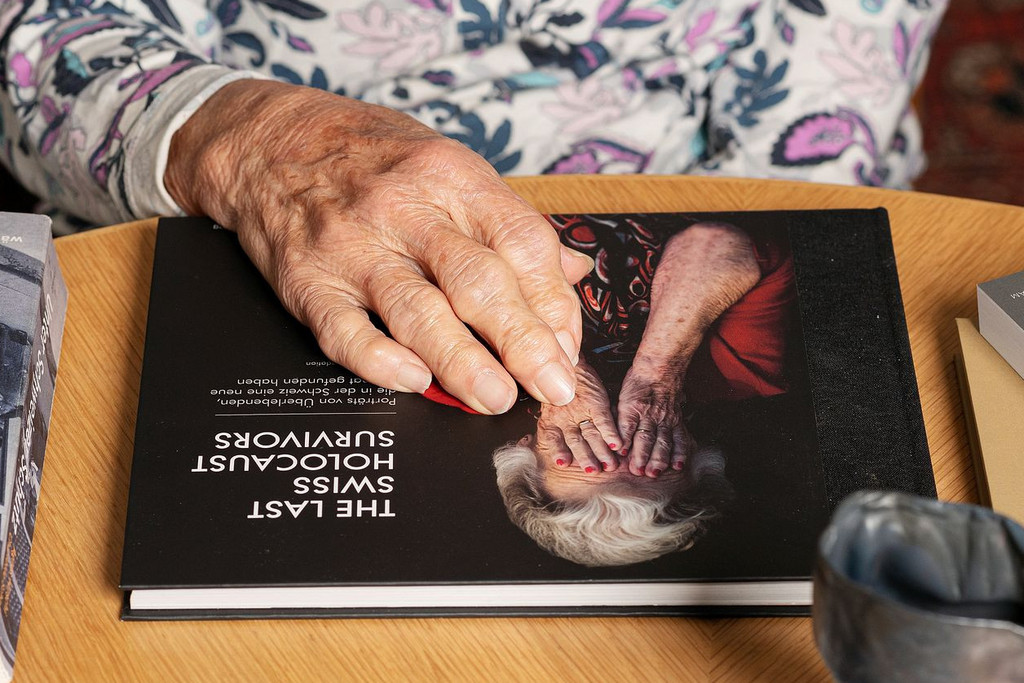
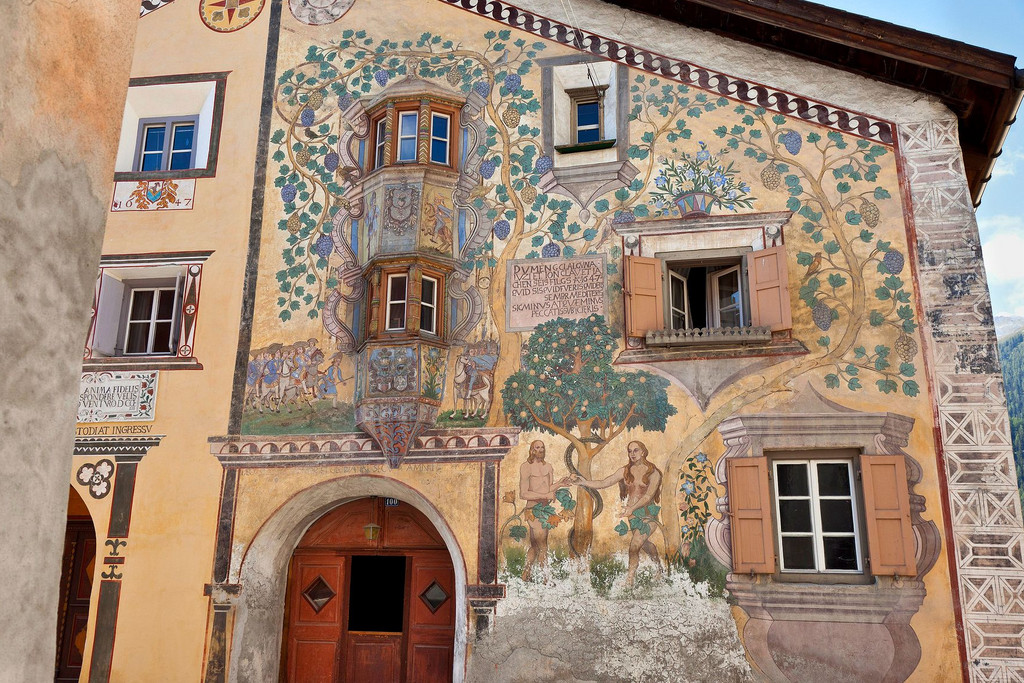

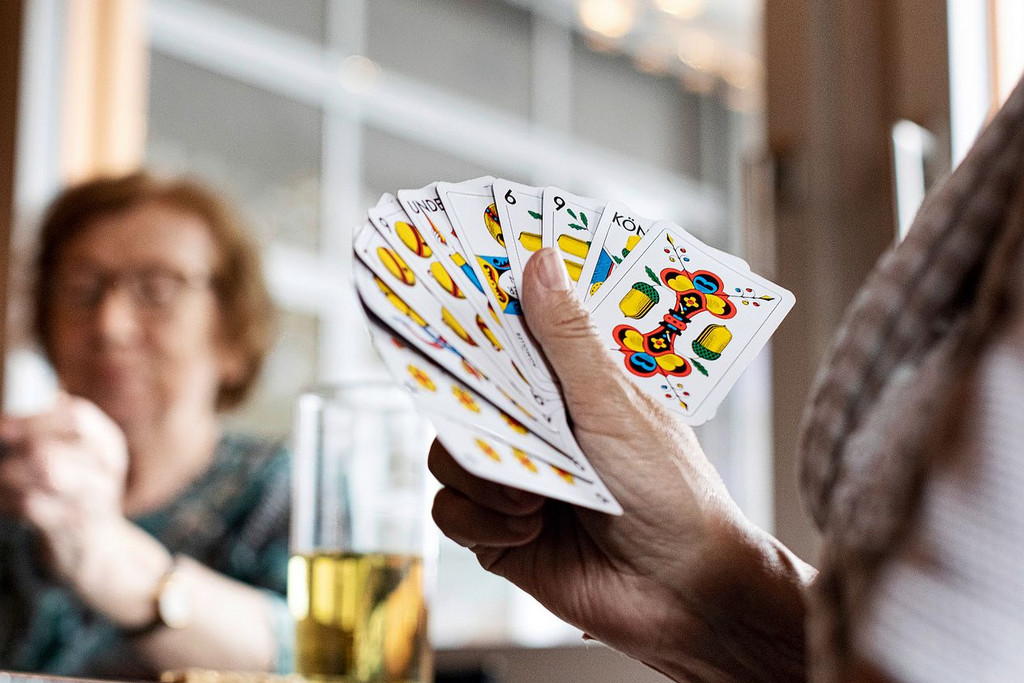
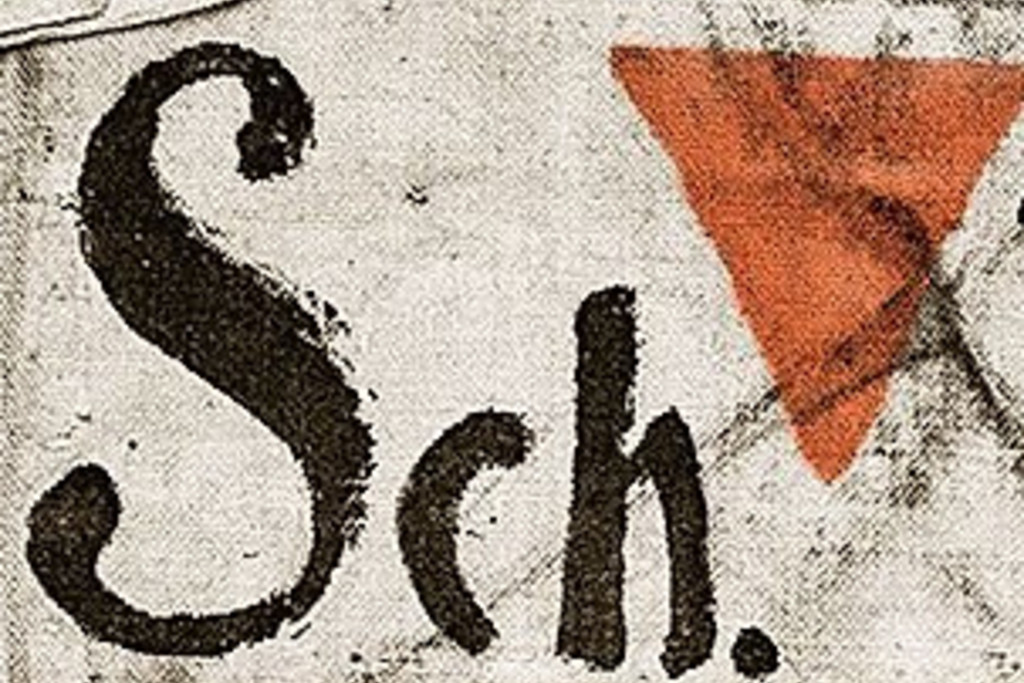




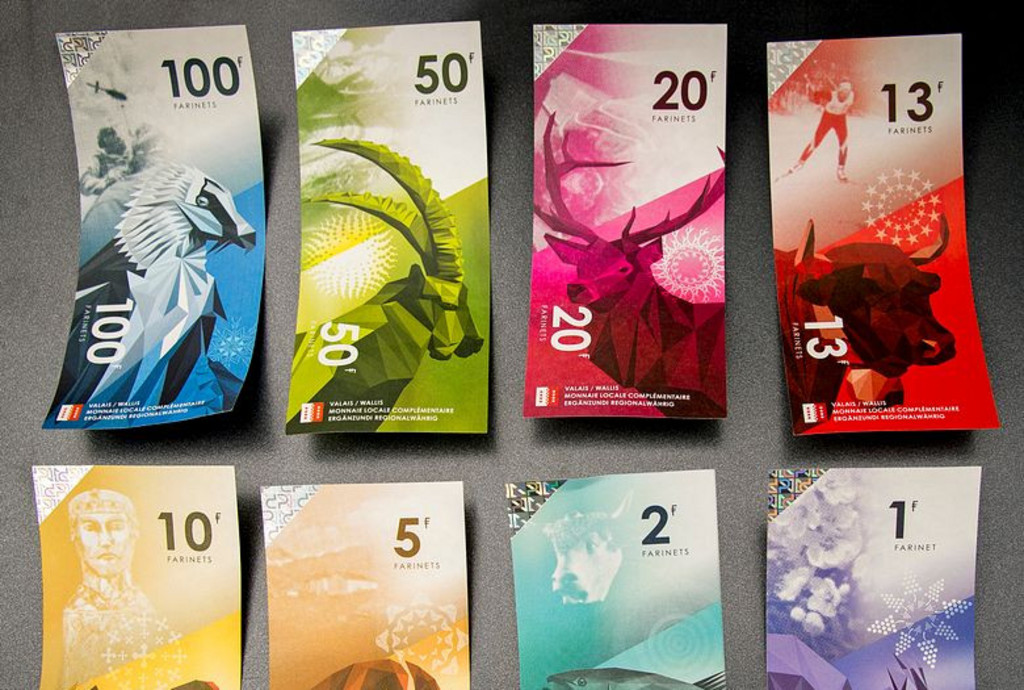

Comments
Comments :
Mais je bloque sur l'expression : le run valaisien. LE RUN... c'est bien moche pour un titre...